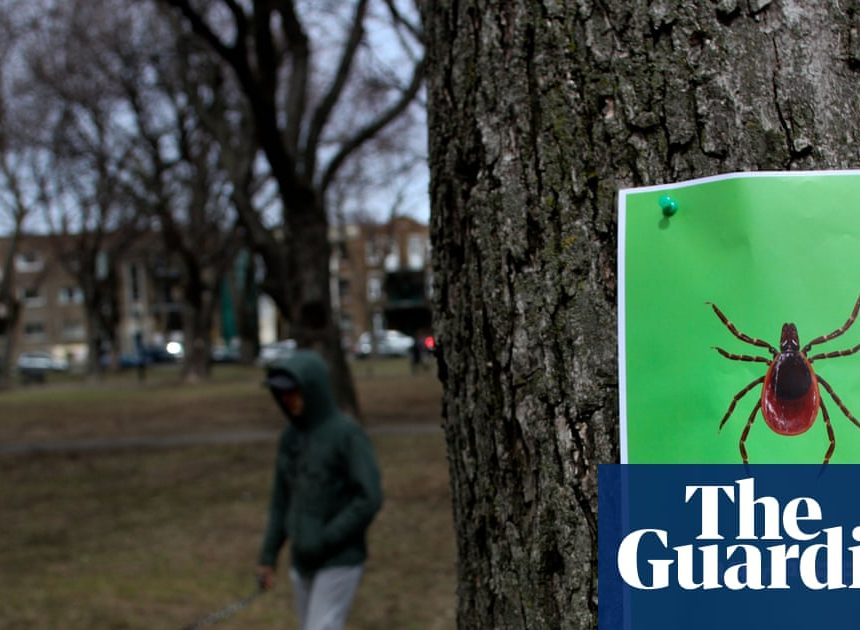Katy WatsonAustralia correspondent, Sydney
The ocean has always been a big part of Glen Butler’s life.
He’s been a surfer for 50 years and, in that time, he says he rarely thought about sharks.
“You’re aware you’re stepping into their environment, so you’re cautious,” the 61-year-old told the BBC.
But Mr Butler’s confidence on the water was shattered last month.
He’d gone for a surf with his friends one Saturday morning at Long Reef in Sydney’s northern beaches. A few minutes after Mr Butler got out of the water, fellow surfer Mercury Psillakis was killed by a great white shark.
“It’s shaken us up a bit,” Mr Butler admits. Mercury and his twin brother Mike were well-known in the local community, he adds: “You’d always say g’day.”
The killing has revived a long-running and delicate debate about how to keep beachgoers safe in Australia’s waters, and turned the spotlight on the state of New South Wales (NSW).
Authorities here have a range of measures in their arsenal to mitigate the risk of shark attacks, but the most famous – and most controversial – are nets which are rolled out each summer at many beaches.
Conservationists say the nets do more harm than good – doing little to stop sharks reaching popular breaks and causing massive harm to other marine life – but many scared beachgoers remain attached to them as another layer of protection.
Australia deadliest place for shark attacks
Australia is home to some of the world’s best beaches. More than 80% of the population lives on the coast, so an early morning swim or surf is standard for thousands of people every day.
But there are people who feel that daily ritual is becoming increasingly risky.
Mirek Craney is one of them.
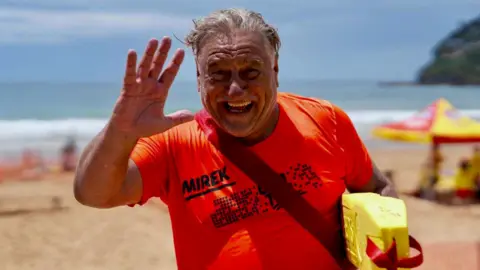 Supplied
SuppliedThe 66-year-old Sydneysider remembers gawking at enormous great white sharks hauled in by fishermen as a kid, back in the days the now-protected species could still be legally hunted.
Seeing these dead beasts suspended by their tails elicited a “gallows-like” feeling, he recounts, but not fear. Sharks were creatures of the deep ocean, he reasoned, and he surfed in the shallower bays.
But five years ago, his daughter Anika was bitten by a pig eye shark while free-diving on the Great Barrier Reef. Though she survived, it made Mr Craney anxious about the creatures – something that grows with each splashy headline about an attack.
“These things trigger me… I’m freaked out,” he admits.
Though ‘Merc’ was only the second person killed by a shark attack in Sydney over the past six decades – the other being British diver Simon Nellist in 2022 – it’s little comfort to those who regularly use the city’s beaches.
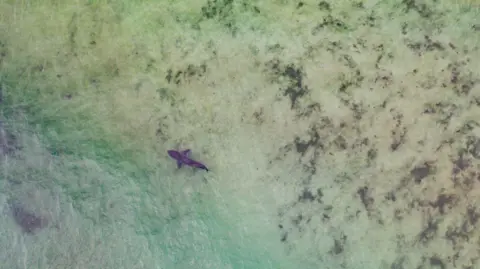 Getty Images
Getty ImagesEvery surfer the BBC spoke to in the weeks after Psillakis’ death said they feel shark sightings closer to shore are becoming more frequent.
“We occasionally might have seen a dark shadow, but it could have been a dolphin,” says Mr Craney. “Now, I see them all the time.”
Some fear that shark numbers are exploding, after several types – including the world’s two deadliest shark species, great whites and tigers – were given varying degrees of protection in Australian waters.
There’s little research on shark numbers to definitively tell either way – but experts argue an increase in sightings doesn’t necessarily mean there are more sharks.
Environmental experts suggest that warming oceans are changing the swimming and feeding patterns of sharks. But researchers say any increase in sightings is largely down to more and more people entering the water, and they are magnified by social media.
The likelihood of being bitten by a shark here in Australia is still minute. You’re several thousand times more likely to drown. It is true, however, that the country is a shark attack hotspot.
It is second only to the US – a country with 13 times the people – for shark bites, and it leads the world for fatal attacks, according to the International Shark Attack File.
That database only tracks “unprovoked” incidents – excluding those potentially encouraged by humans through activities such as spear fishing – but a fuller database of all recorded shark interactions in Australia is maintained by Taronga Conservation Society.
It shows that shark attacks have broadly been increasing over recent decades. Already this year there have been four fatal attacks – all unprovoked.
Nets ‘like a napkin in a pool’
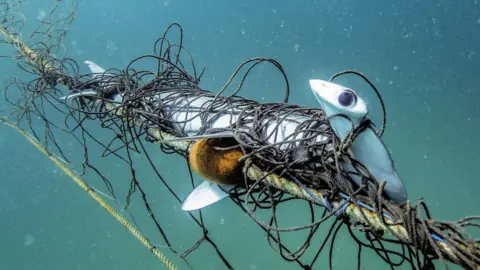 Humane World for Animals
Humane World for AnimalsNSW had been about to trial scaling back its use of shark nets – its oldest shark safety method – when the latest fatal attack happened.
Shark nets have been used in NSW since 1937 and these days are usually installed on 51 beaches from September through to March. Aside from Queensland, it is the only state that still uses them.
It’s impossible to cordon off entire beaches – ocean conditions are too strong and would simply wash the nets away.
Instead, the shark nets are about 150m (492ft) long and sit a few metres below the water’s surface. Though anchored to the sea floor at points, they don’t reach the bottom. So sharks can go over, under and around them.
“It’s like throwing a napkin into the pool,” University of Sydney Professor Chris Pepin-Neff told the BBC.
The state government says shark nets are “not designed to create a total barrier between bathers and sharks” but rather aim to “intercept target sharks” during any hunts which bring them close to the shore.
But researchers like Prof Pepin-Neff say the nets aren’t very effective, and give the illusion of safety rather than delivering a real reduction in risk.
They note that 40% of sharks caught in the nets are actually found on the beach side trying to get out.
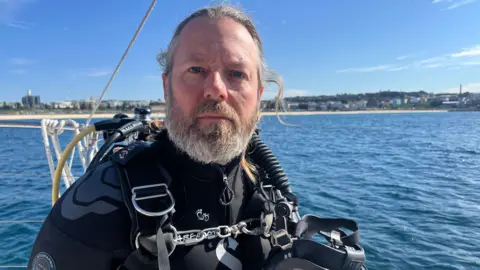
Plenty of critics say they are cruel, too.
“They’re built to ensnare sharks or fish and they’re deadly effective, but sadly completely indiscriminate,” says Dean Cropp who, as a cinematographer and ocean explorer, has been documenting these nets for years.
Last season, almost 90% of the animals caught in NSW’s nets were not target species – including 11 critically endangered, and largely docile, grey nurse sharks. Nets along the east coast also routinely entangle humpback whales on their annual migration to and from the tropics.
“They will capture dolphins, turtles, fish, stingrays… and if they’re an air-breathing mammal or reptile, it’s a death sentence [unless they’re freed in time],” Mr Cropp says.
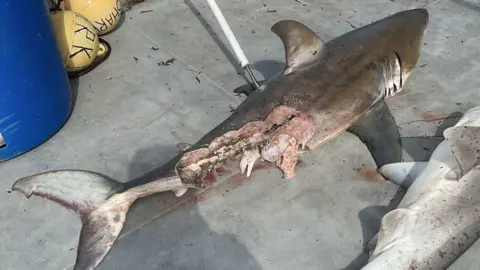 NSW Department of Primary Industries
NSW Department of Primary IndustriesProf Pepin-Neff believes there’s a danger that animals which die in the nets actually attract sharks to the beach too.
“When other fish get caught in those nets they sort of flail and it sends out a vibration underwater, sort of like ringing the dinner bell,” says Prof Pepin-Neff.
Though the general public is wary of sharks, support for nets appears to be waning.
A poll conducted by Prof Pepin-Neff at Bondi Beach two years ago found three quarters of respondents would swim at the beach even if shark nets were taken out. A similar number said they wouldn’t blame the state government for an attack.
Drones, apps and bite-resistant wetsuits
And there are alternatives to shark nets.
Both Queensland and NSW also use drumlines, which are baited hooks that are anchored in place. NSW uses a less lethal “smart” variety of drumlines which alert authorities who rush to tag and then release or relocate sharks caught on them.
Western Australia has “eco-barriers” which fully section off smaller bits of coastline with a more tightly woven netting – offering better protection for swimmers, though not surfers, while also minimising the harm to marine life.
Some surfers use electromagnetic shark deterrent bands, and there are even wetsuits billed as “bite-resistant”.
There are also apps which track tagged sharks and alert nearby swimmers if they approach close to beaches.
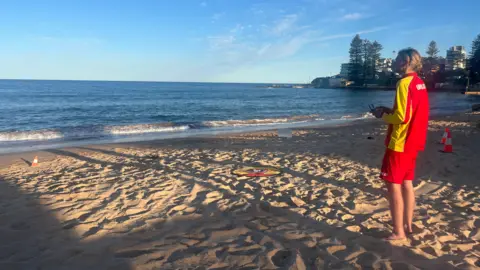
And more and more drones are now used to patrol waters too. In NSW, over 300 now operate on 50 breaks and that number is expected to grow.
“They’re eyes in the sky, not just someone watching from the water’s edge and maybe spotting a fin,” says drone operator Isaac Hails.
The buzz of his drone is especially reassuring to people where he’s flying today – we’re at Dee Why, a nearby beach in the bay where the recent fatal attack happened.
But due to funding constraints, the programme only runs during the school holidays, when the beaches are busier.
“If we do locate a shark, we can then tell the lifeguard and they can go out and actively disperse the shark with a jet ski or we can evacuate the water.”
“It’s not just a passive measure.”
With the emergence of alternative shark mitigation technologies and the campaigns highlighting the toll of nets on other marine life, it was decided that three beaches in Sydney would go without nets this summer.
But that plan was quickly put on hold pending a report into Psillakis’ death.
His family released a statement saying he had loved the ocean despite its risks, and called his death “a tragic and unavoidable accident”.
But authorities are spooked nonetheless.
“We got so close to having the nets removed and then this tragic attack happened,” says Mr Cropp.
“No-one wants to be the person that removes the shark nets and then there’s a fatal attack straight after. You don’t want that on your conscience.”
Additional reporting by Simon Atkinson.



